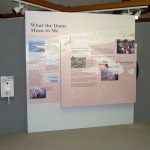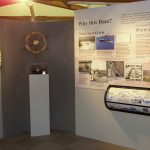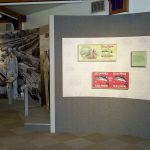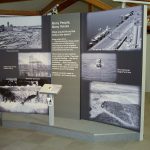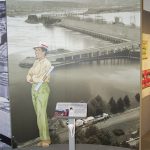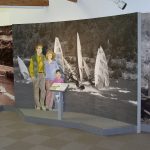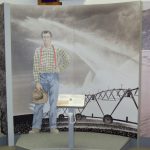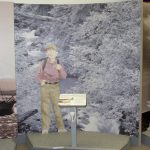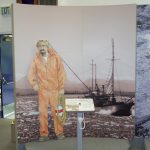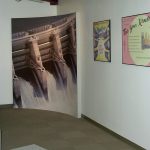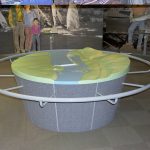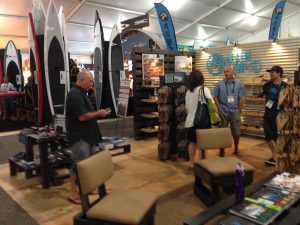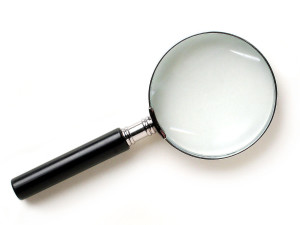TradeshowGuy Monday Morning Coffee, November 5, 2018: Robert Strong
Magician and professional tradeshow presenter Robert Strong discusses how to draw a crowd, how he works with clients, and what makes a good opening line – and a lot more – in this enlightening interview.
Find Robert Strong here.
Robert was kind enough to share some great material including the following posts:
Want Over 1000 Quality Scans a Day at Your Tradeshow Booth?
If You Don’t Clearly Define Your Goals at Your Next Tradeshow, You Will Lose to Your Competition
Robert as Guest on the Savvy Event Planner Podcast
Robert also shared a list of Best Booth Behaviors:
1. Remove bad behaviors: No eating, drinking, cell phones, sitting, booth huddles, etc.
2. Add good behaviors: Stand, face the aisles, smile, make eye contact, initiate conversation, etc.
3. If you are not getting rejected a hundred times an hour, you are not initiating enough conversations.
4. Have a strong opener: What do you do at your company? What is the most interesting thing you have seen at this show? What is your (companies) biggest pain point?
5. Make the current attendee you are talking with the most popular person at the show.
6. Be able to do the overview (elevator pitch) in 10 seconds, 30 seconds, and 90 seconds.
7. Understand and communicate concisely the giveaways and raffles.
8. Be able to scan badges and do it quickly.
9. Qualify leads quickly, make introductions, and end conversations quickly.
10.Have three case studies (success stories) rehearsed and ready to go.
11.When doing a demo, scale. When you see someone else starting a demo, help them scale.
12.You are on stage. High five each other, fist bump each other, enthusiastically cheer for your fellow booth staff, and let the attendees see that you really like each other and are having fun.
13.Treat the attendees exactly how you would want to be treated if you were in someone else’s booth.
14.Make a follow-up plan and take notes.
And finally, this week’s ONE GOOD THING: the Bag Man Podcast about Vice President Spiro Agnew.



